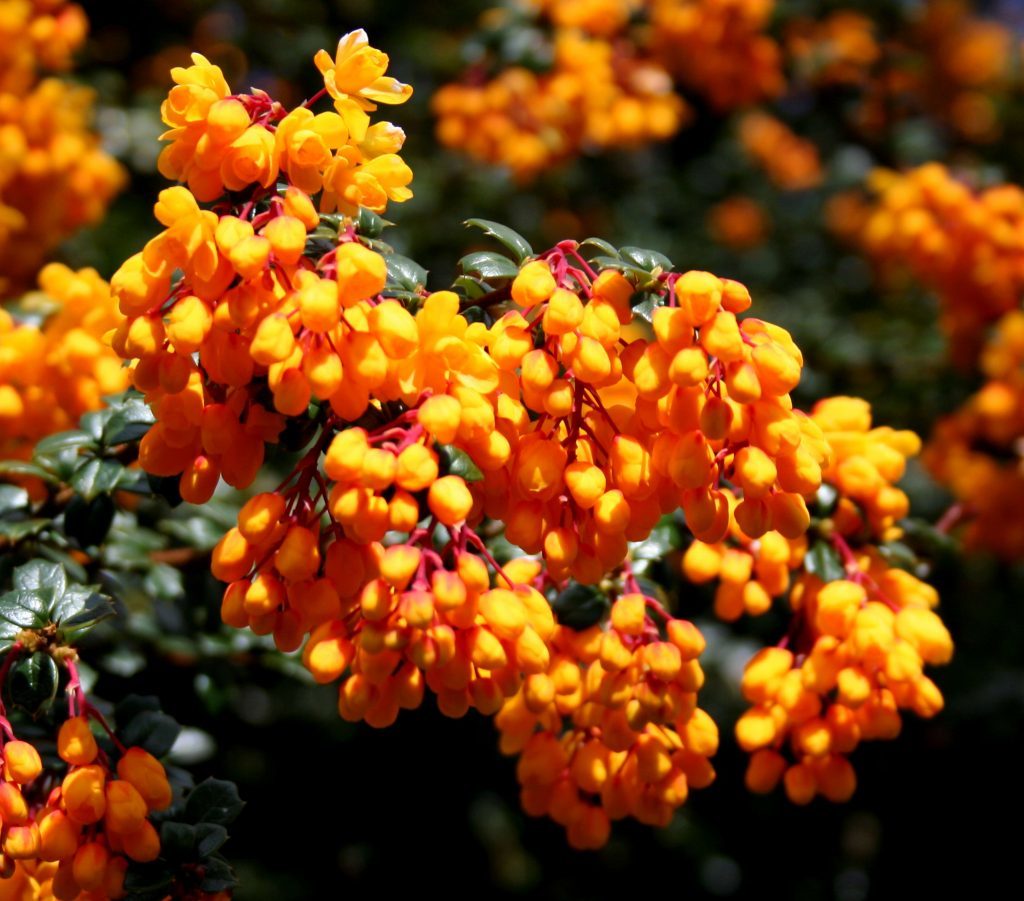We try to create beauty in our gardens with flowers, shrubs, trees, beautiful lawns, meandering paths leading to quiet tranquil spots where we can relax away from our daily stresses.
If we have a big garden we have more scope for our creative abilities so we can have one part of the garden a complete picture for a few weeks before another area has its day.
However if our garden is just a normal small patch we may have less scope but we can still make it eye catching even if just for a short spell.
I see numerous gardens all around my location in Dundee’s west end where the gardens come alive every year with one plant catching the eye for two to three weeks.
Early on in the year I look out for a specimen of Rhododendron praecox, followed by other Japanese azaleas.
Another garden has a fence and pergola smothered in the pink Clematis montana.
At the same time I see one garden with bright red eye catching phlox. I was so impressed I found out the variety so I could buy some for my own garden.
Other notable plants that catch the eye include a large Yucca filamentosa in full bloom, a mature Azalea Klondyke at least twenty years old and now very dramatic and a garden with one large tub filled with scented pure white oriental lilies in mid summer.
The deciduous azaleas do not grow massive so can suit even the smallest gardens but in time as they mature they can create impact.
Similarly there is any amount of Rhododendrons in a range of colours and sizes to suit all gardens, and the bright pink Camellia Donation is a real winner.
Looking back over the year other plants that gave me the wow factor included a Lilac Michel Buchner, the common but still very impressive Forsythia intermedia, Berberis darwinii, Philadelphus virginal and Beauclerk, a deep blue Ceanothus thyrsiflorus.
Another good shrub to grow as a specimen is Cornus kousa chinensis with layers of white bracts in early summer.
In my own garden I grow several outdoor Fuchsia Mrs Popple that flowers continuously from early summer till late autumn.
They are very easy to grow, and as the foliage comes down to ground level weeds are not a problem.
They can be cut down in a very bad winter such as in 2010, but the crown and roots survive so the plant grows away again in spring.
In mid summer the shrub roses can provide an impressive display with my favourite being the old variety Ispahan with bright pink flowers and very healthy foliage.
Another brilliant pink shrub rose with a gorgeous scent is Gertrude Jekyll and for an impressive red climber Dublin Bay is hard to beat.
If you have a lot of space try Mme Alfred Carrier with scented double white old fashioned flowers, but as she can easily put on several ten foot shoots each year she does need room.
Polygonum baldschuanicum and Solanum crispum are another two climbers that need space, but if given the room they can be very impressive.
I have a specimen vine, Vitis vinifera Brant on a south wall, grown for its autumn colour, but also loves to grow at great speed.
I curtail this growth with summer pruning (complete removal) of sideshoots so the vine can put its energy into swelling up its wee bunches of grapes rather than masses of green leaves.
One shrub often grown against a north wall is the Pyracantha Orange Glow, the Firethorn, which gets covered in orange berries in autumn and into winter.
It provides a food source for the blackbird and they often nest in the bush as the numerous thorns give it protection.
In autumn we look for plants that give us dazzling autumn colour and the Japanese Maples are winners having a wide range of varieties and also good colour on stems in winter.
Sango Kaku growing to nearly ten foot tall, is one of the best.
Wee jobs to do this week
Autumn is a good time to trim back some low growing shrubs like Lavender, Erigeron and heathers which have flowered in summer but benefit from a trim to keep them stocky.
Cut as far back as possible as long as there is still some growth buds left on the cut back stems.
The plant will then strengthen up these buds so they can get through the winter and be ready to grow in spring. Do not cut back Calluna H E Beale as it is still flowering or Erica carnea which flowers in late winter.














